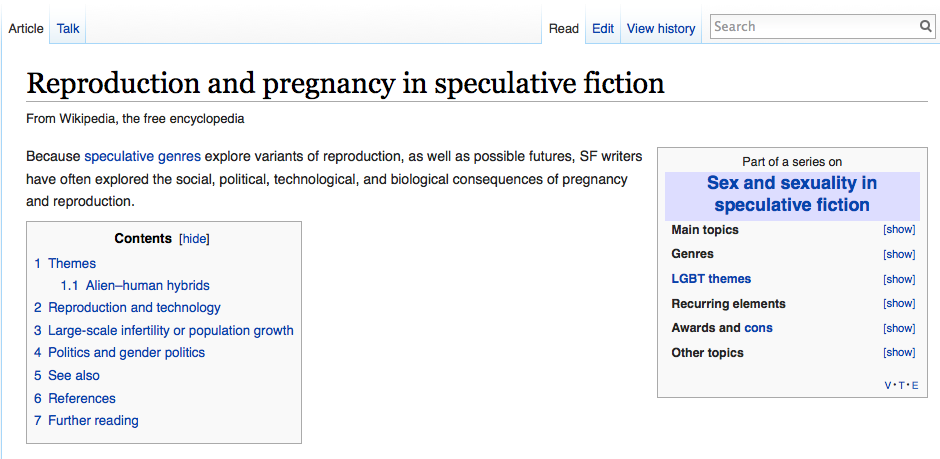Still digging into science vs. fiction – looking at holography, artificial reproduction, high-speed trains and fibre optics among other things. Just stumbled into this (below) whilst researching Jules Verne. Some good points, for example…
“what is usually cited as an “invention” is almost always the last development in a long series of discoveries that led to the first successful commercial product.”
Jules Verne
Scientific Prophet or Just a Good Guesser?
Although his books were written well over a century ago, Jules is rightly considered the father of modern science fiction. A number of his tales are still good reading and – particularly when adjusted a bit – have been quite adaptable to the silver screen. Two films which stand up particularly well are 20,0000 Leagues Under the Sea and Journey to the Center of the Earth. Both movies starred James Mason and the latter film had Pat Boone’s famous nude scene – a nude scene with sheep and nuns no less.
However, as the millennium approached, Jules’ stories seemed to be falling out of favor as video games, rather than well-written novels, became the basis for science fiction movies. True, there were a couple of attempt to remake Journey to the Center of the Earth as made-for-TV movies, but both were flops. So it seems like Jules was finally going the way of most pre-Twentieth Century science fiction authors. After all, once technology catches up with the imagination, the sci-fi books become fantasy at the best and period peices at their worst.
Then suddenly Jules’ reputation got a shot in the arm. With much fanfare it was announced, a “lost” manuscript, Paris au XXème Siècle (Paris in the Twentieth Century) would be published! Sure enough, in 1994 out came a French edition and that was followed a year later by a printing by an American publisher.
The truth, though, is the manuscript had never been lost, but was just so bad that Jules’ publisher, Pierre-Jules Hertzel, didn’t want it. Pierre had just published “Five Weeks in a Balloon” and thought Paris would actually hurt Jules’ burgeoning reputation. So Verne fans had to wait a year until Voyage au Centre de la Terre came out. Pierre’s judgment was sound. At almost every level Paris in the Twentieth Century is an unintentionally comic novel while Journey to the Center of the Earth is still a great book to read.
Strangely enough and once it was published, Paris in the Twentieth Century became the talk of the Sci-Fi community despite its ridiculous plot (what there was of it) and absolutely horrible characterizations. Verne fans hailed Jules as the Great Predictor of the Future. Gasoline powered cars, electric motors, electric lights, high speed trains and subways were all predicted way back when people rode on horses, burned whale oil lamps, and chugged along coal driven and soot begrimed railroads. Jules hit the 20th Century right on the button. And all in 1863. Amazing!
Actually it’s modern education that is failing here. Far from predicting products of the Twentieth Century, most of what Jules wrote about were already the high tech R and D gizmos of the time, and he simply speculated that they would eventually become commercial. Practical internal combustion engines, incandescent light bulbs, electric motors, and the London Underground were around in 1863. And when you read Jules’ predictions on how they were actually implemented you have to smile a bit.
High speed trains? He has them going at 1000 kilometers per hour (almost Mach 1). More laughably they are powered by compressed air which pushes a flat metal disk through a tube. A magnet attached to the end of the train pulls it along.
Motor vehicles powered by internal combustion engines? The concept was old even in Jules’ time, and a practical prototype was designed as early as 1807. Working vehicles had been built long before Jules put pen to paper, and as Jules was writing his book, Jean Joseph Etienne Lenoir actually drove a car powered by liquid petroleum the 50 miles from Paris to Joinville-le-Pont.
Did Jules know about this? Absolutely. Jules has everyone driving the Lenoir automobiles in his book. But even that prediction was off. Jules has everyone driving an earlier version of the car that was powered by illumination gas – that is, the precursor of natural gas that was used in gas lamps and stoves.
Jules apparent prescience seems so incredible simply because people are forgetting that what is usually cited as an “invention” is almost always the last development in a long series of discoveries that led to the first successful commercial product. So we have Edison inventing the light bulb in 1880, Benz the automobile in 1885, and Marconi the radio in 1896.
Overall Jules’ predictions are about par for someone who is up on current technology and has a fertile imagination. Certainly when you consider Jules was not an engineer or a scientist, and in fact had studied to be a lawyer and worked as a stockbroker, his guesses are not bad. It also helps, though, when the readers don’t pay that close attention to the details and mistranslations and only remember the guesses that hit pretty close to the mark – and not the ones that fell flat.
Link to original article here.

